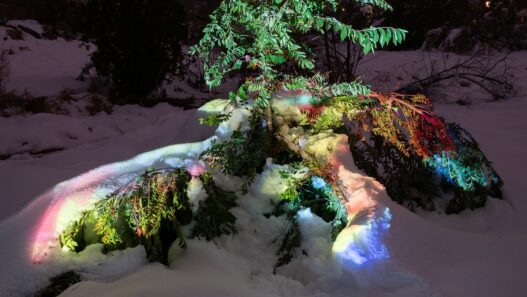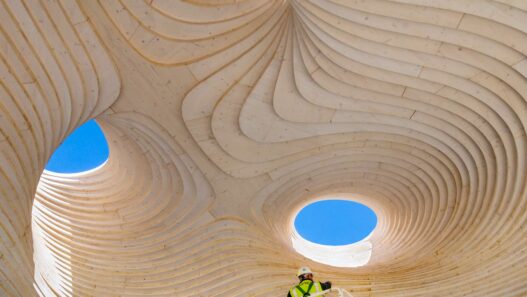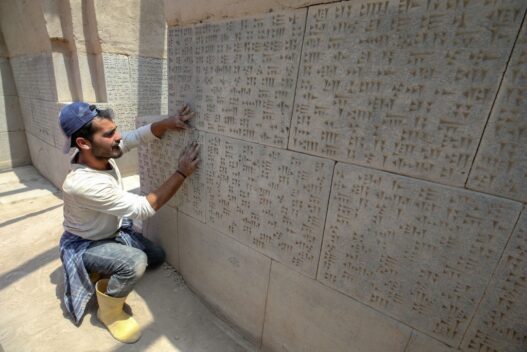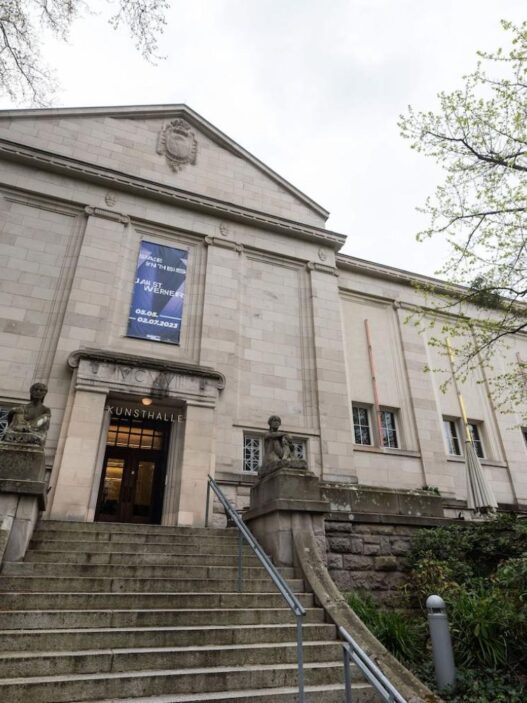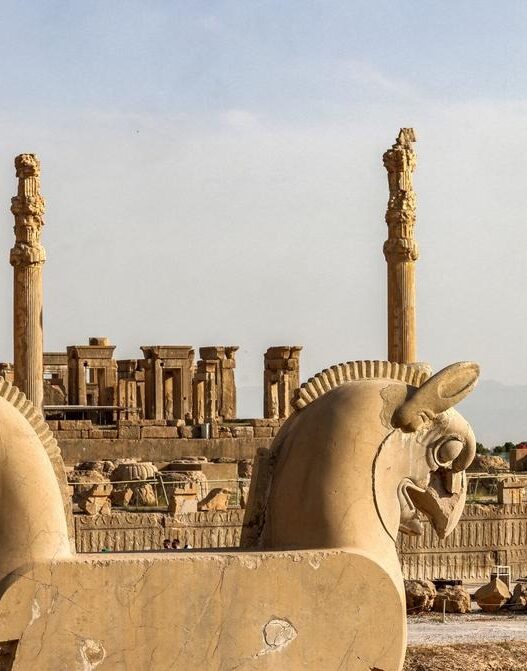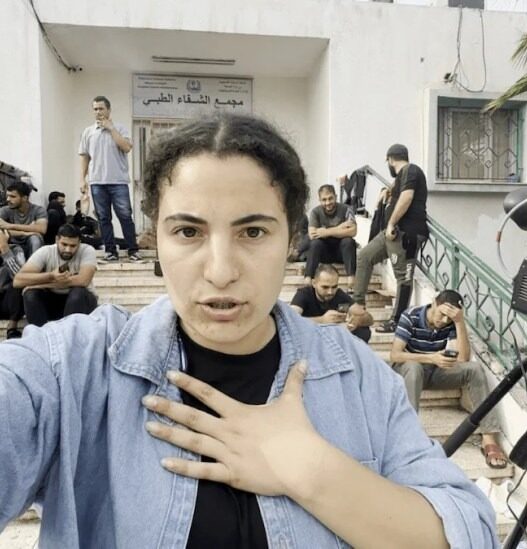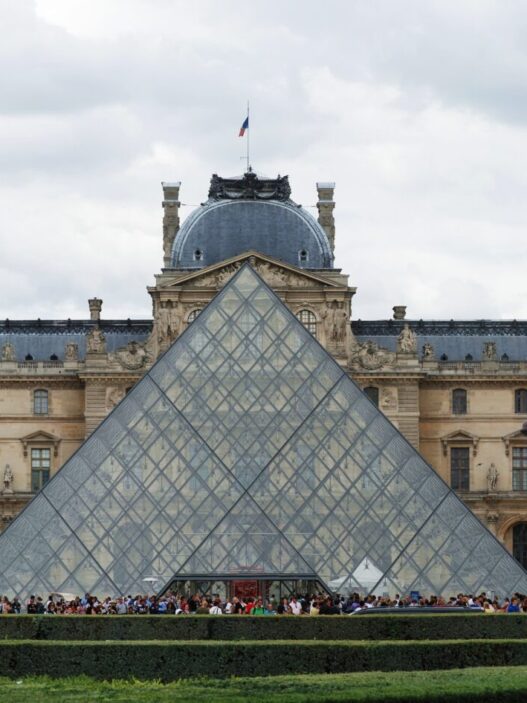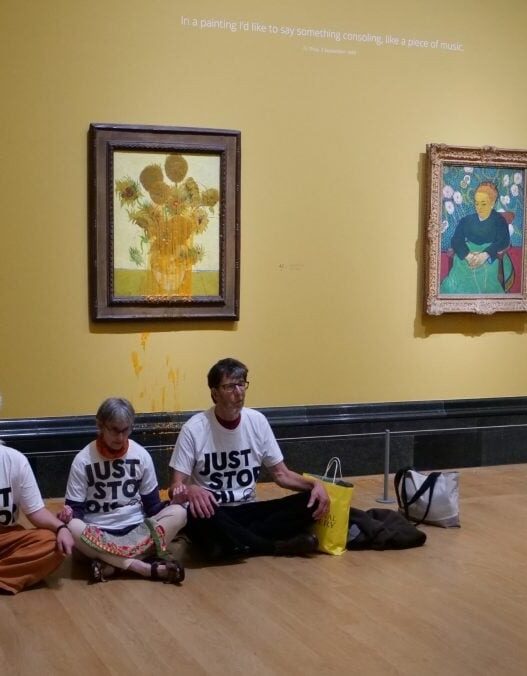Archaeologists in Türkiye have uncovered three bronze shields and a bronze helmet dating back 2,700 years during excavations at Ayanis Castle, an ancient Urartian fortress near Lake Van. These artifacts were found in a temple complex dedicated to Haldi, the chief god of Urartu, and were likely offerings. The site, regarded as one of the richest Urartian archaeological locations, continues to reveal important discoveries, including a miniature bronze chariot last year. Current excavations are led by Professor Mehmet Isikli from Ataturk University.
The Kingdom of Urartu, which flourished between the 9th and 6th centuries B.C.E., was renowned for its military strength and advanced metalwork. The recent finds further highlight Urartu’s cultural and religious significance, as they connect the artifacts to the worship practices within the temple complex.
Historical Significance of Ayanis Castle
Ayanis Castle, a strategically placed fortress, not only served as a military stronghold but also housed significant religious structures, especially temples. The Kingdom of Urartu was known for its impressive bronze work, which was used in both functional and ceremonial contexts. Paul Zimansky, a historian at Stony Brook University, noted that Ayanis Castle has become one of the richest sites for Urartian bronzes, enhancing our understanding of this civilization’s material culture.
The discovery of bronze shields and helmets as offerings to Haldi highlights the fusion of military prowess and religious devotion. As bronze was a prized material, these artifacts also reflect the kingdom’s wealth and the importance placed on religious offerings. Their location within the temple suggests a culture that integrated religious reverence into their military identity.
Ongoing Excavations at Ayanis Castle
Since the 1990s, Ayanis Castle has been an essential excavation site for understanding Urartian culture, architecture, and artifacts. Mehmet Isikli continues to lead efforts at this site, contributing to the broader understanding of the region’s ancient history. The temple complex, with its wealth of bronze objects, exemplifies the fusion of religious, political, and military power in Urartu.
The bronze artifacts discovered at Ayanis Castle continue to shine a light on Urartian craftsmanship and religious practices. These finds highlight the significance of Ayanis as an archaeological site and offer deeper insights into the Kingdom of Urartu’s metalwork expertise, its religious practices, and its military strength. As excavations continue, further discoveries are expected to expand our understanding of this ancient civilization.


